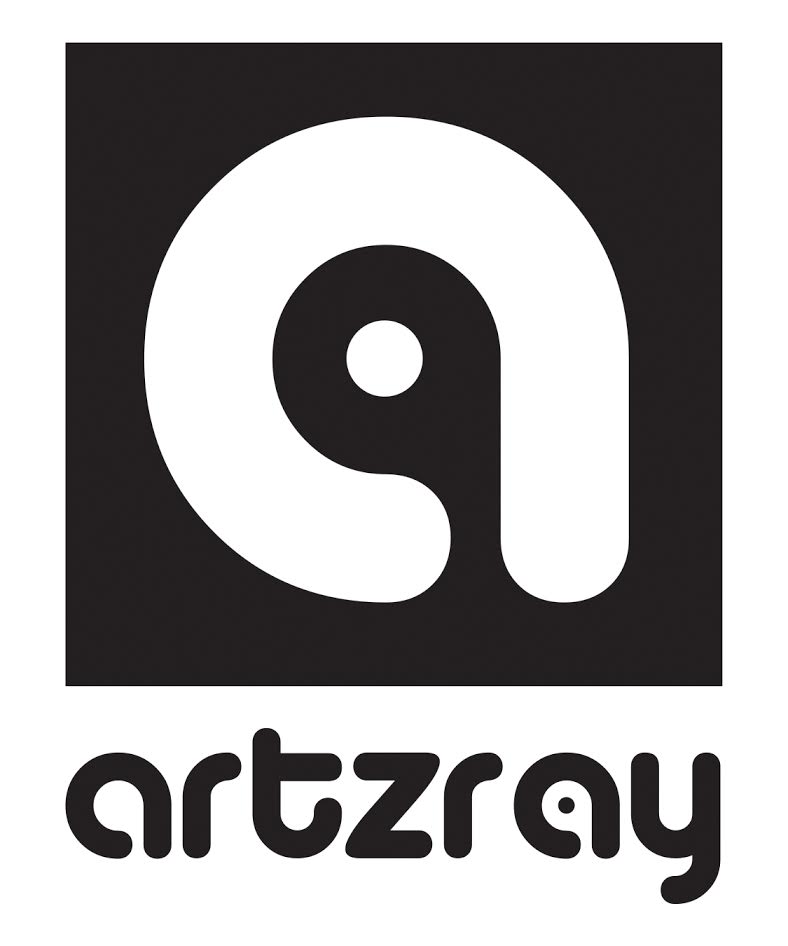3 Ways To Know What College Admissions Are (Really) Trying to Tell You


College Admissions for Performing and Visual Arts Students by the CSSSA Foundation Bridge to College Program.

Imagine you are at the beach and start to wade out into the ocean. You get about waist deep and notice a huge wave coming toward you. What do you do? You take a deep breath and dive into the wave. Well, that is basically what the college application process is like. Here’s my first piece of advice: just like that wave, take a deep breath and don’t let the admission process overwhelm you. If you get too focused on acceptance, you will miss out on the wealth of information that schools provide to applicants, not to mention losing who you are in the face of trying to be all things to all people. Too often students are blinded by a schools “brand” and miss out on this valuable opportunity to chose the place that is right for them. Here are three tips:
1. An Audition or Portfolio review is as much about you evaluating the school as it is about them evaluating you.
Remember, this interaction is a microcosm of the institution.
- How do you feel while interacting with the reviewer before the audition or review? Were you welcomed and put at ease, or was the encounter rushed or the reviewer distracted?
- After the interaction, how did you feel? Excited, put off, neutral, blah?
- How would you feel if this person you just interacted with was assigned to you as a faculty adviser for your four years of college?

2. What the school is asking for in the audition or portfolio is pointing to the larger program.
Before you jump on the “brand” wagon, stop and ask yourself if the portfolio requirements fit you as a person and artist. Here are some specific examples in the visual and performing arts from several well known institutions.

For Visual Artists – If you compare the Rhode Island School of Design’s (RISD) portfolio requirements, to California Institute for the Arts fine art portfolio requirements, you’ll see what I’m getting at.
- RISD – An assignment-based portfolio with very specific requirements.
- CalArts – A purposefully vague paragraph, pointing more towards how you think and not necessarily what you make.

For Musicians – Look at the New England Conservatory’s (NEC) guitar program requirements, and compare that to Cornish College of the Arts program, you will see the same theme.
- NEC – Very specific requirements, going so far as to instruct you on what kind of guitar strings to use.
- Cornish – More ambiguous, asking the student to drive the repertoire selection process.
For Theater Students – You can see the same story here. Pace University’s musical theater audition requirements, and compare those to Carnegie Mellon’s Music Theater program.
- Pace – Very specific dance technique and vocal audition requirements.
- Carnegie Mellon – Did you catch that? They call their program Music Theater, not Musical Theater. Subtle, but very informative.
Not surprisingly, the differences in what these programs ask for in their admissions requirements tell you a lot about their institutional differences! If you are struggling with completing their requirements then that should tell you something about your fit with that school. Admissions are a form of match-making and you want to be sure it will be a happy, productive four years, not a case of being at odds with the core educational values of the school.
3. The deeper you go into the admissions process, the more the institutional values reveal themselves to you.
Too often students don’t allow the natural admissions process to unfold. If a college looks mildly interesting to you, why not apply and see if it becomes more interesting as you get deeper into the admissions process.
- Looking online – quite possibly the most superficial of all the levels. Here, every college is the best at everything and why wouldn’t you want to go there?
- Applying – now it gets a little more interesting. How much personal attention have you received since applying? How have things changed?
- Audition/Portfolio Review – go back to #1 to see what applies here.
- Admission – you’ve been admitted…now what? Have you received departmental contact yet? Was it personal? Was it a canned email?
- Award Letter – now that statement “we have scholarships” gets real. What is the balance between grants, scholarships, and loans? What is it like interacting with the financial aid office? Remember, you will be working with that office for all four years, not admissions.
- Campus visit – the most important of all the levels. Now you are visiting classes and seeing the school in action. You have a student ambassador accompanying you. Are they candid or are they speaking in the voice of the college? Can you sit down and meet the head of the department? Remember, no college is perfect and it’s up to you to dig beneath the surface.
- Now you make your college choice, not at any of the other levels. Let the process play out.

For many students and their parents, the college application process can be one of the most stressful periods in their life. It needn’t be. Stay loose, have fun, be fearless, and commit yourself to the process. It will all work out in the end if you don’t panic.
Getting back to that wave on the beach…the path of least resistance is not running away from the wave, it’s to dive into it. Better yet, surf it!
A Little About CSSSA
The California State Summer School for the Arts, known as CSSSA is a four-week intensive residential program for motivated and talented high school students. It offers seven disciplines, including: Animation, Creative Writing, Dance, Film, Music, Theater, Visual Arts. All California students who qualify are awarded scholarships to attend by the CSSSA Foundation.
The CSSSA Foundation is dedicated to preparing students for a creative life. In the development of the Bridge to College program, young artists have the integral resources they need to build a future in the arts. One of the many resources available, is a set of college pocket guides detailing the programs at colleges and universities in and out of California. To learn more about the CSSSA Foundation Bridge to College program, visit csssaf.org.



